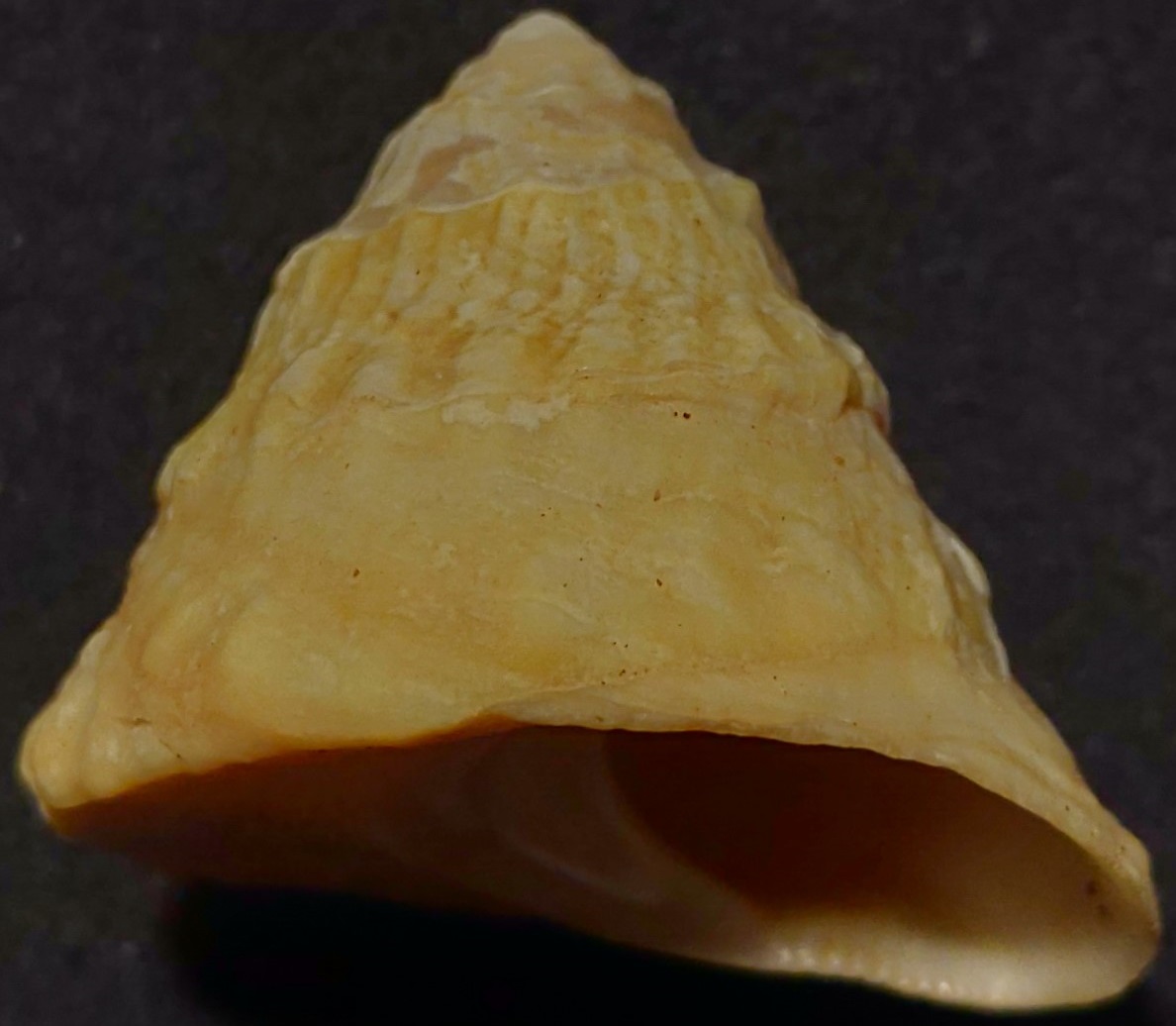Astralium Tentoriiforme on:
[Wikipedia]
[Google]
[Amazon]

 ''Astralium tentoriiforme'' , common name the common tent shell, is a
''Astralium tentoriiforme'' , common name the common tent shell, is a
G.W. Tryon (1888), Manual of Conchology X; Academy of Natural Sciences, Philadelphia
/ref>

 ''Astralium tentoriiforme'' , common name the common tent shell, is a
''Astralium tentoriiforme'' , common name the common tent shell, is a species
In biology, a species is the basic unit of classification and a taxonomic rank of an organism, as well as a unit of biodiversity. A species is often defined as the largest group of organisms in which any two individuals of the appropriate s ...
of sea snail
Sea snail is a common name for slow-moving marine gastropod molluscs, usually with visible external shells, such as whelk or abalone. They share the taxonomic class Gastropoda with slugs, which are distinguished from snails primarily by the ...
, a marine gastropod
The gastropods (), commonly known as snails and slugs, belong to a large taxonomic class of invertebrates within the phylum Mollusca called Gastropoda ().
This class comprises snails and slugs from saltwater, from freshwater, and from land. T ...
mollusk
Mollusca is the second-largest phylum of invertebrate animals after the Arthropoda, the members of which are known as molluscs or mollusks (). Around 85,000 extant species of molluscs are recognized. The number of fossil species is e ...
in the family
Family (from la, familia) is a Social group, group of people related either by consanguinity (by recognized birth) or Affinity (law), affinity (by marriage or other relationship). The purpose of the family is to maintain the well-being of its ...
Turbinidae, the turban snails.
Description
The length of the shell varies between 25 mm and 45 mm. The imperforate, solid shell has an elate-conic shape. Its color pattern is pale yellowish. Thespire
A spire is a tall, slender, pointed structure on top of a roof of a building or tower, especially at the summit of church steeples. A spire may have a square, circular, or polygonal plan, with a roughly conical or pyramidal shape. Spires are ...
is elevated and contains 7–8 whorl
A whorl ( or ) is an individual circle, oval, volution or equivalent in a whorled pattern, which consists of a spiral or multiple concentric objects (including circles, ovals and arcs).
Whorls in nature
File:Photograph and axial plane floral ...
s. These are very obliquely finely wrinkled and flat above. The base of the shell is concave. The periphery is acutely carinated, above the carina are obscurely longitudinally folded. The base contains numerous regular concentric squamose lirae. The aperture
In optics, an aperture is a hole or an opening through which light travels. More specifically, the aperture and focal length of an optical system determine the cone angle of a bundle of rays that come to a focus in the image plane.
An opt ...
is very oblique. It is silvery within and angled at the carina. The basal margin is nearly straight, tinged with pink. The short columella is wide and arcuate, sometimes pinkish, terminating in a tubercle below. The parietal callus usually covers more than half the surface of the base. Its margin is often elevated.
The operculum is oval, brown within with sublateral nucleus; outside white, with a curved sub-obsolete central rib and an obsolete short basal rib./ref>
Distribution
This marine species isendemic
Endemism is the state of a species being found in a single defined geographic location, such as an island, state, nation, country or other defined zone; organisms that are indigenous to a place are not endemic to it if they are also found elsew ...
to Australia and occurs off Queensland
)
, nickname = Sunshine State
, image_map = Queensland in Australia.svg
, map_caption = Location of Queensland in Australia
, subdivision_type = Country
, subdivision_name = Australia
, established_title = Before federation
, established_ ...
to New South Wales
)
, nickname =
, image_map = New South Wales in Australia.svg
, map_caption = Location of New South Wales in AustraliaCoordinates:
, subdivision_type = Country
, subdivision_name = Australia
, established_title = Before federation
, es ...
.
References
* Jonas, J.H. 1845. ''Beschreibung neuer Conchylien.'' Zeitschrift für Malakozoologie 1845: 65–67 * Gould, A.A. 1849. ''Dr. Gould presented descriptions of the following shells brought home by the U.S. Exploring Expedition''. Proceedings of the Boston Society of Natural History 3: 89–92 * Kesteven, H.L. 1902. ''A Note on two species of Astralium from Port Jackson''. Proceedings of the Linnean Society of New South Wales 27(1): 2–6 * Hedley, C. 1923. ''Studies on Australian Mollusca. Part XIV''. Proceedings of the Linnean Society of New South Wales 48: 301–316, pls 30–33 * Cotton, B.C. 1959. ''South Australian Mollusca. Archaeogastropoda''. Handbook of the Flora and Fauna of South Australia. Adelaide : South Australian Government Printer 449 pp * McMichael, D.F. 1960. ''Shells of the Australian Sea-Shore''. Brisbane : Jacaranda Press 127 pp., 287 figs. * Iredale, T. & McMichael, D.F. 1962. ''A reference list of the marine Mollusca of New South Wales''. Memoirs of the Australian Museum 11: 1–109 * Wilson, B. 1993. ''Australian Marine Shells. Prosobranch Gastropods''. Kallaroo, Western Australia : Odyssey Publishing Vol. 1 408 pp. * Williams, S.T. (2007). ''Origins and diversification of Indo-West Pacific marine fauna: evolutionary history and biogeography of turban shells (Gastropoda, Turbinidae)''. Biological Journal of the Linnean Society, 2007, 92, 573–592 * Alf A. & Kreipl K. (2011) ''The family Turbinidae. Subfamilies Turbininae Rafinesque, 1815 and Prisogasterinae Hickman & McLean, 1990''. In: G.T. Poppe & K. Groh (eds), A Conchological Iconography. Hackenheim: Conchbooks. pp. 1–82, pls 104–245External links
* {{DEFAULTSORT:Astralium Tentoriiforme tentoriiforme Gastropods described in 1845